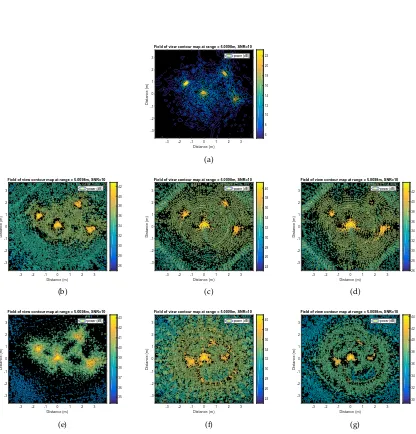3D Imaging Millimeter Wave Circular Synthetic Aperture Radar
Full text
Figure




Related documents
3.29 Human model costs prevents the robot for choosing a point to interact with the human of the interaction area, on a position that is just behind a second human. In this
Two measurements routinely performed by Summitek on all PIM critical components used in our analyzers are the “tap” test and the bending moment test. Measured IM3 During
operational aspects involved in de-orbit and atmospheric entry of a miniature planetary probe. | Potential for university
Coaching executives to achieve flow has not been considered in existing literature in the Executive Coaching domain, but since Executive Coaching is still viewed as
Control Browser and Fetch History Firewall Infrastructure DNS Web Server Client Internal Server BeEF Controller Target Network Internet. 3, 4, & 5: Web app pen
EEGLAB Workshop III, Nov 15-18, 2006, Singapore: Julie Onton – Data Decomposition with ICA 30 Data (all channels). Data Envelope
In this case, the estimated school starting age effect will encompass the fact that later starters have spent less time in school (since, for example, among individuals who
This paper explores a different analysis tool, the archetypal analysis (AA), to identify ‘‘pure’’ types or archetypes of the data where these archetypes are expressed as a mixture



